Red Panda
Biology and Conservation of the First Panda
Editor
Angela R. Glatston
Academic Press
Front-matter
Red Panda
BIOLOGY AND CONSERVATION OF THE FIRST PANDA
RED PANDA
Biology and Conservation of the First Panda
Edited By
A ngela R. G latston
 Amsterdam Boston Heidelberg London New York Oxford Paris San Diego San Francisco Singapore Sydney Tokyo
Amsterdam Boston Heidelberg London New York Oxford Paris San Diego San Francisco Singapore Sydney Tokyo 
Academic Press is an imprint of Elsevier
Copyright
Academic Press is an imprint of Elsevier
32 Jamestown Road, London NW1 7BY, UK
30 Corporate Drive, Suite 400, Burlington, MA 01803, USA
525 B Street, Suite 1800, San Diego, CA 92101-4495, USA
First edition 2011
Copyright 2011 Elsevier Inc. All rights reserved with the exception of . A Brief History of the Red Panda in Captivity originally appeared in Red Panda Biology by Angela R. Glatston (1989). Permission to use kindly granted by Backhuys Publishers, Leiden, The Netherlands.
No part of this publication may be reproduced, stored in a retrieval system or transmitted in any form or by any means electronic, mechanical, photocopying, recording or otherwise without the prior written permission of the publisher
Permissions may be sought directly from Elsevier's Science & Technology Rights Department in Oxford, UK: phone (+44) (0) 1865 843830; fax (+44) (0) 1865 853333; email: for further information
Notice
No responsibility is assumed by the publisher for any injury and/or damage to persons or property as a matter of products liability, negligence or otherwise, or from any use or operation of any methods, products, instructions or ideas contained in the material herein. Because of rapid advances in the medical sciences, in particular, independent verification of diagnoses and drug dosages should be made
British Library Cataloguing-in-Publication Data
A catalogue record for this book is available from the British Library
Library of Congress Cataloging-in-Publication Data
A catalog record for this book is available from the Library of Congress
ISBN: 978-1-4377-7813-7
For information on all Academic Press publications visit our website at www.elsevierdirect.com/rights
Typeset by MPS Limited. A Macmillan Company, Chennai, India www.macmillansolutions.com
Printed and bound in China
10 11 12 13 10 9 8 7 6 5 4 3 2 1

Foreword
Simon N. Stuart
Chair of the IUCN Species Survival Commission
There is a strong tendency at the moment for conservation to focus on ecosystems, and the services that the ecosystems provide to humans. There is, of course, nothing wrong with this tendency, providing that is not carried out to the exclusion of a simultaneous focus on species. Unfortunately, with modern trends, species are often ignored by those who are supposed to be conserving them. As a result, important species, particularly those less familiar to us, can slip under the radar.
The red panda is one such species, and therefore this book is important, first, because it makes this animal more familiar to us, and secondly because it draws attention to its current plight. The status of the red panda in the wild is relatively unknown, but it is often assumed to be more common than is in fact the case. There are reasonable numbers in zoos, but captive breeding programmes are failing to deliver.
So why the great interest in the red panda? Why is it special? First, it is undeniably a uniquely attractive species. It is one of the most strikingly patterned and vividly coloured of all mammals.
Scientists have long focused on the red pandas controversial taxonomy. Is it a bear, is it a procyonid (raccoon relative), is it a panda, or is it a unique family on its own? All these have been hypothesized. Does this matter? It is a unique species regardless of its true taxonomic status. It is either the only procyonid in the Old World, or a very aberrant bear, or the closest living relative to the giant panda, or just unique a living fossil, the last of its kind.
The red panda is comparatively little known. Until comparatively recently, most of our knowledge of the species in the wild was derived from a 19th century naturalist, Brian Hodgson. Even today most of our knowledge of red panda biology has been obtained in captivity. There is an urgent need for more field studies to enable conservation in the wild. This volume provides an overview of current knowledge and indicates where further research is needed.
The red panda has a spectacular home the Himalayas, one of the global hotspots for conservation. The Himalayas have a unique flora and fauna, and are also of great cultural significance to the local people. Himalayan rivers provide drinking water to a large number of people, but this region is under threat from global warming. Indeed, climate change is proceeding faster at higher elevations, and this could destroy this region if we do not act quickly. The red panda is a classic flagship species. It is well placed to function as a focus for the region and its problems.
There are a good number of red pandas in zoos around the world. These have the potential to become a valuable educational and public relations resource to teach people about the conservation needs of the important Himalayan region. Today, the future of the red panda hangs in the balance. Its survival in the wild is questionable and its survival in captivity is not secure. This unique species must not be allowed to become extinct; and its habitat must not be destroyed. I commend this book to the reader as a timely reminder of the problems confronting the red panda and the Himalayan regions, and of what we all stand to lose should it be allowed to die out. I thank the editor and authors for their dedication and thoroughness in producing this remarkable book.
Prologue
I often tell people that my personal interest in the red panda dates back to my starting work in Rotterdam Zoo as a member of the research department. I had just finished my PhD work in London and was looking for a new area of interest. My attention was drawn to a group of animals held in an exhibit just by the entrance to the zoo. It was early in the year, the breeding season, and these animals were very active following each other around, marking trees and rocks and calling to each other with a strange bleating sound. I have always felt that if you are going to study the behaviour of an animal it must attract you on some level, and these beautiful creatures certainly caught my attention. I started to observe their behaviour and my interest was further piqued when I discovered how little had been published about the species. My then director, Dick van Dam, suggested that it might be a good idea if I were to produce an international studbook for the zoo population of red pandas. From the information I collected it became clear to me that red pandas were not doing very well in captivity. I thought something needed to be done about this and then the rest is history as they say. However, sometime later when I was looking through some childhood photographs, I came across some pictures taken during a primary school outing to Whipsnade Zoo and among them I discovered a grainy black and white image of a red panda peering at me from out of its nest box. It must be karma.

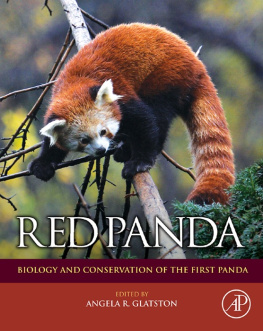
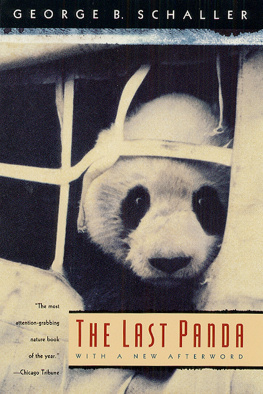



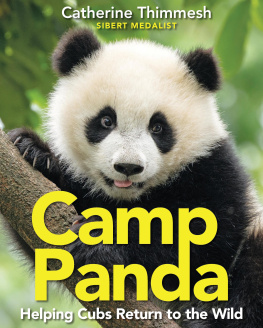



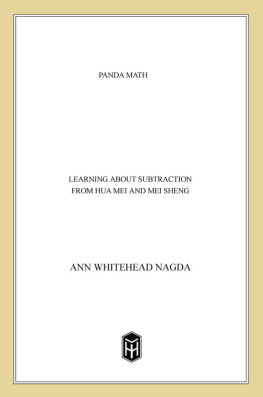

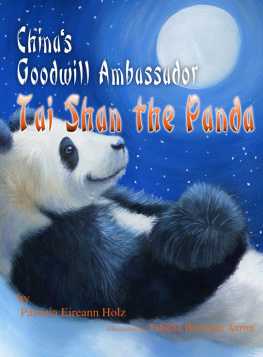
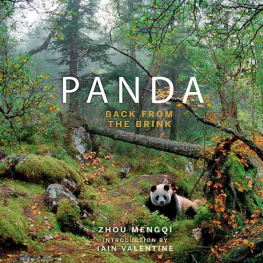
 Amsterdam Boston Heidelberg London New York Oxford Paris San Diego San Francisco Singapore Sydney Tokyo
Amsterdam Boston Heidelberg London New York Oxford Paris San Diego San Francisco Singapore Sydney Tokyo 
